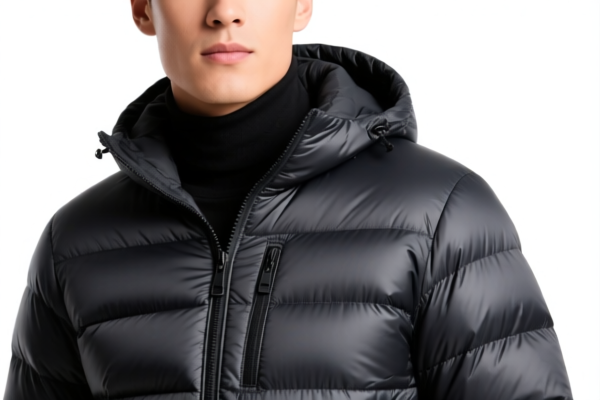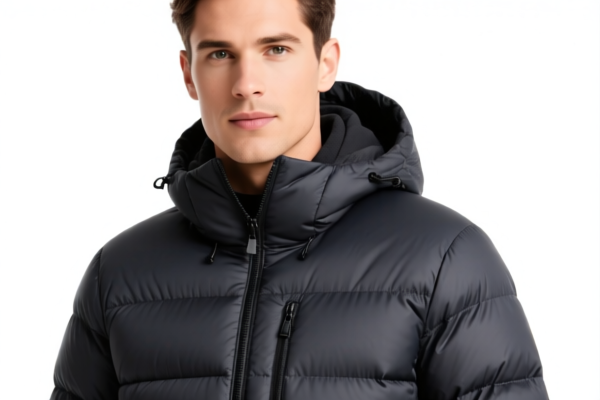| HS Code | Official Doc | Tariff Rate | Origin | Destination | Effective Date |
|---|---|---|---|---|---|
| 6203424514 | Doc | 54.1% | CN | US | 2025-05-12 |
| 6203439009 | Doc | 65.4% | CN | US | 2025-05-12 |
| 6217109550 | Doc | 52.1% | CN | US | 2025-05-12 |
| 6217909095 | Doc | 52.1% | CN | US | 2025-05-12 |
| 6212900090 | Doc | 44.1% | CN | US | 2025-05-12 |
| 5609004000 | Doc | 58.9% | CN | US | 2025-05-12 |
| 5609003000 | Doc | 59.5% | CN | US | 2025-05-12 |
| 5404900000 | Doc | 55.0% | CN | US | 2025-05-12 |
| 5404198080 | Doc | 61.9% | CN | US | 2025-05-12 |
| 5604909000 | Doc | 60.0% | CN | US | 2025-05-12 |
| 8416900000 | Doc | 55.0% | CN | US | 2025-05-12 |
| 8416100000 | Doc | 37.5% | CN | US | 2025-05-12 |
| 8419909520 | Doc | 59.0% | CN | US | 2025-05-12 |
| 8419909580 | Doc | 59.0% | CN | US | 2025-05-12 |
| 8514908000 | Doc | 55.0% | CN | US | 2025-05-12 |
| 3926206000 | Doc | 55.0% | CN | US | 2025-05-12 |
| 3923900080 | Doc | 58.0% | CN | US | 2025-05-12 |
| 6114909010 | Doc | 35.6% | CN | US | 2025-05-12 |
| 6114909070 | Doc | 35.6% | CN | US | 2025-05-12 |
| 6105908060 | Doc | 43.1% | CN | US | 2025-05-12 |
| 6105904000 | Doc | 30.9% | CN | US | 2025-05-12 |




Heat Proof Jacket
A heat proof jacket is a specialized garment designed to protect the wearer from extreme heat, flames, and potential thermal hazards. These jackets are utilized in a variety of industries and situations where exposure to high temperatures is unavoidable.
Materials
The construction of heat proof jackets relies on materials offering exceptional thermal resistance and durability. Common materials include:
- Meta-Aramid Fibers (e.g., Nomex, Conex): Offer inherent flame resistance and are commonly used as the base layer of the jacket. They do not melt or drip, charring instead to form a protective layer.
- Para-Aramid Fibers (e.g., Kevlar): Provide high strength and tear resistance, often incorporated for additional protection against mechanical hazards.
- Carbon Fiber: Offers excellent heat resistance and lightweight properties, frequently used in high-performance applications.
- Silica Fabrics: Provide exceptional heat resistance, often used as an outer layer for direct flame exposure.
- Aluminized Fabrics: Reflect radiant heat, increasing the jacket's protective capabilities.
- Insulating Layers: Materials like fiberglass, ceramic fiber, or aerogel are incorporated to minimize heat transfer to the wearer's body.
- Outer Shells: Often constructed from durable, heat-resistant materials like treated cotton or synthetic blends for abrasion resistance and water repellency.
Purpose & Function
The primary function of a heat proof jacket is to shield the wearer from:
- Convective Heat: Hot air or gases.
- Radiant Heat: Heat emitted from sources like flames or molten metal.
- Direct Flame Exposure: Brief or intermittent contact with flames.
- Molten Metal Splashes: Protection against burns from splashes of molten materials.
These jackets do not provide complete insulation against all heat. The level of protection depends on the materials used, the jacket's construction, and the duration and intensity of the heat exposure.
Usage Scenarios
Heat proof jackets are essential in the following applications:
- Welding: Protecting welders from sparks, molten metal, and radiant heat.
- Foundries: Shielding workers from high temperatures and molten metal splashes.
- Firefighting: Providing protection against flames and heat during fire suppression activities. (Note: Firefighting coats are specifically designed and tested to meet stringent fire resistance standards and differ from general heat proof jackets.)
- Metal Processing: Protecting workers involved in casting, forging, and other metalworking operations.
- Glass Manufacturing: Shielding workers from high temperatures in glass furnaces and processing areas.
- Emergency Response: Used by first responders in situations involving thermal hazards.
- Industrial Maintenance: Protecting workers performing hot work, such as cutting or grinding.
Common Types
Heat proof jackets are categorized based on their level of protection, features, and intended use:
- Welding Jackets: Typically made from heavy-duty treated cotton or leather, offering protection against sparks and molten metal.
- Foundry Jackets: Constructed from silica fabrics or aluminized materials for high-temperature resistance and protection against molten metal splashes.
- Fire Resistant Jackets: Designed for firefighting or emergency response, meeting specific standards for flame resistance and thermal protection.
- Lightweight Heat Proof Jackets: Constructed from meta-aramid fibers, offering moderate protection for tasks with lower heat exposure.
- Full Body Suits: Provide comprehensive protection for situations requiring full body coverage.
- Jackets with Additional Features: May include features like reflective tape for visibility, adjustable cuffs and waist for a secure fit, and multiple pockets for tools and accessories.
It is crucial to select a jacket appropriate for the specific hazards and tasks involved. Regular inspection and maintenance are essential to ensure the jacket's continued effectiveness.
Heat proof jackets fall under various classifications depending on their material and specific application. Based on the provided reference material, the following HS codes may be relevant:
-
3926206000: Other articles of plastics and articles of other materials of headings 3901 to 3914; Articles of apparel and clothing accessories (including gloves, mittens and mitts); Other: Plastic rainwear, including jackets, coats, ponchos, parkas and slickers, featuring an outer shell of polyvinyl chloride plastic with or without attached hoods, valued not over $10 per unit. This code applies if the jacket is made of polyvinyl chloride plastic and valued at or below $10 per unit.
- 39: Chapter 39 covers plastics and articles thereof.
- 26: Heading 3926 specifically covers other articles of plastics.
- 20: Subheading 392620 covers articles of apparel and clothing accessories.
- 60: Further specifies plastic rainwear.
-
6114909010: Other garments, knitted or crocheted; Of other textile materials; Other Tops. If the jacket is knitted or crocheted and made of other textile materials, this code may apply.
- 61: Chapter 61 covers knitted or crocheted articles.
- 14: Heading 6114 covers other garments knitted or crocheted.
- 90: Subheading 611490 covers garments of other textile materials.
- 10: Further specifies other tops.
-
6114909070: Other garments, knitted or crocheted; Of other textile materials; Other Other: Other. This code applies to knitted or crocheted garments made of other textile materials that don't fall into the 'tops' category.
- 61: Chapter 61 covers knitted or crocheted articles.
- 14: Heading 6114 covers other garments knitted or crocheted.
- 90: Subheading 611490 covers garments of other textile materials.
- 70: Further specifies other garments.
According to the provided reference material, the HS code options related to 'heat proof jacket' are limited, with only the following 3 found.
Please note that the specific material composition and intended use of the jacket will determine the most accurate HS code.
Customer Reviews
No reviews yet.